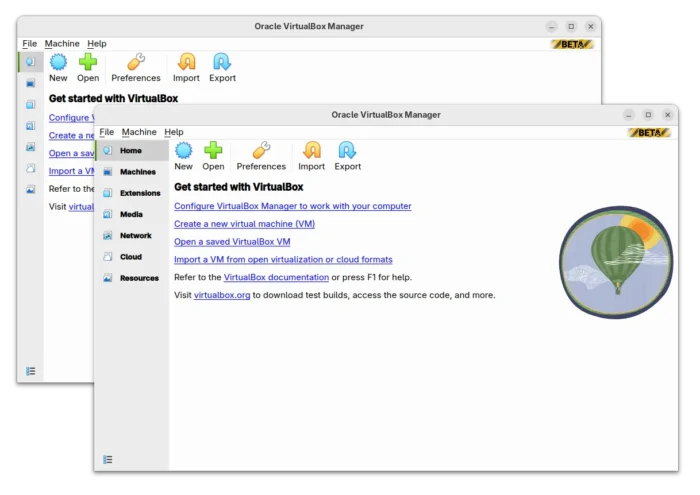Ubuntu 24.04.3, the third point release of the current Ubuntu LTS, is out! Ubuntu developer team announced the release on Thursday:
The Ubuntu team is pleased to announce the release of Ubuntu 24.04.3 LTS (Long-Term Support) for its Desktop, Server, and Cloud products, as well as other flavours of Ubuntu with long-term support.
As usual, this point release includes many updates and updated installation media has been provided so that fewer updates will need to be downloaded after installation. These include security updates and corrections for other high-severity bugs, with a focus on.






















